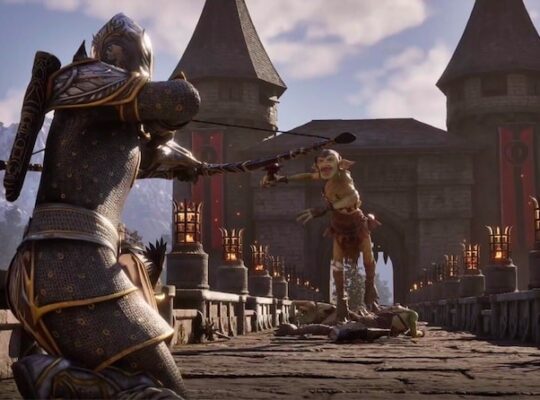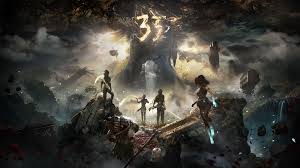Hearthstone: An In-Depth Look at the Pros and Cons
Introduction
Hearthstone, developed by Blizzard Entertainment, is a free-to-play digital collectible card game that has captivated millions since its release in 2014. Set in the rich lore of the Warcraft universe, Hearthstone offers players a chance to build decks and battle opponents in strategic, turn-based matches. Its accessible gameplay and vibrant visuals have contributed to its enduring popularity. However, like any game, it has its strengths and weaknesses. This article explores the pros and cons of Hearthstone to help potential players understand what to expect.
Pros
- Accessibility:
- Hearthstone is designed to be user-friendly, making it easy for newcomers to pick up and learn the basics. The tutorial and practice modes help players familiarize themselves with the mechanics without feeling overwhelmed.
- Engaging Gameplay:
- The game’s turn-based mechanics and strategic depth provide a satisfying experience. Players must consider their cards, opponent’s moves, and potential outcomes, leading to exciting and unpredictable matches.
- Regular Updates:
- Blizzard consistently updates Hearthstone with new expansions, card sets, and balance changes. These updates keep the game fresh and engaging, encouraging players to adapt their strategies and explore new decks.
- Diverse Deck Building:
- With a vast array of cards and synergies, players have the freedom to create unique decks tailored to their playstyle. This diversity adds a layer of personalization and creativity to the game.
- Competitive Scene:
- Hearthstone boasts a vibrant competitive scene, with tournaments and events for players of all skill levels. This fosters a sense of community and offers opportunities for players to showcase their skills.
Cons
- Monetization Model:
- While Hearthstone is free to play, its monetization system can be a downside. Players often need to purchase card packs to remain competitive, which can lead to frustration for those who prefer not to spend money.
- Learning Curve:
- Although the game is accessible to beginners, the strategic depth can create a steep learning curve as players progress. Understanding advanced strategies, card interactions, and meta shifts can be daunting for newcomers.
- Randomness:
- Hearthstone incorporates a significant element of luck, particularly with card draws and RNG (random number generation) effects. This can lead to situations where games feel unfair or reliant on chance rather than skill.
- Balancing Issues:
- Despite regular updates, balancing can sometimes falter, leading to certain decks or cards dominating the meta. This can frustrate players who prefer a more level playing field.
- Time Commitment:
- Competitive play often requires a significant time investment to climb the ranks, complete quests, and acquire new cards. This can be off-putting for players seeking a more casual gaming experience.
Conclusion
Hearthstone stands out as a popular and engaging digital card game with its accessibility, strategic gameplay, and vibrant community. While it has its share of challenges, including monetization issues and balancing concerns, many players find the rewards of deck building and competitive play outweigh the downsides. Ultimately, Hearthstone appeals to a wide audience, from casual gamers to hardcore strategists, making it a staple in the world of digital card games. Whether you’re a seasoned player or just starting, understanding the pros and cons can help you make the most of your Hearthstone experience.












